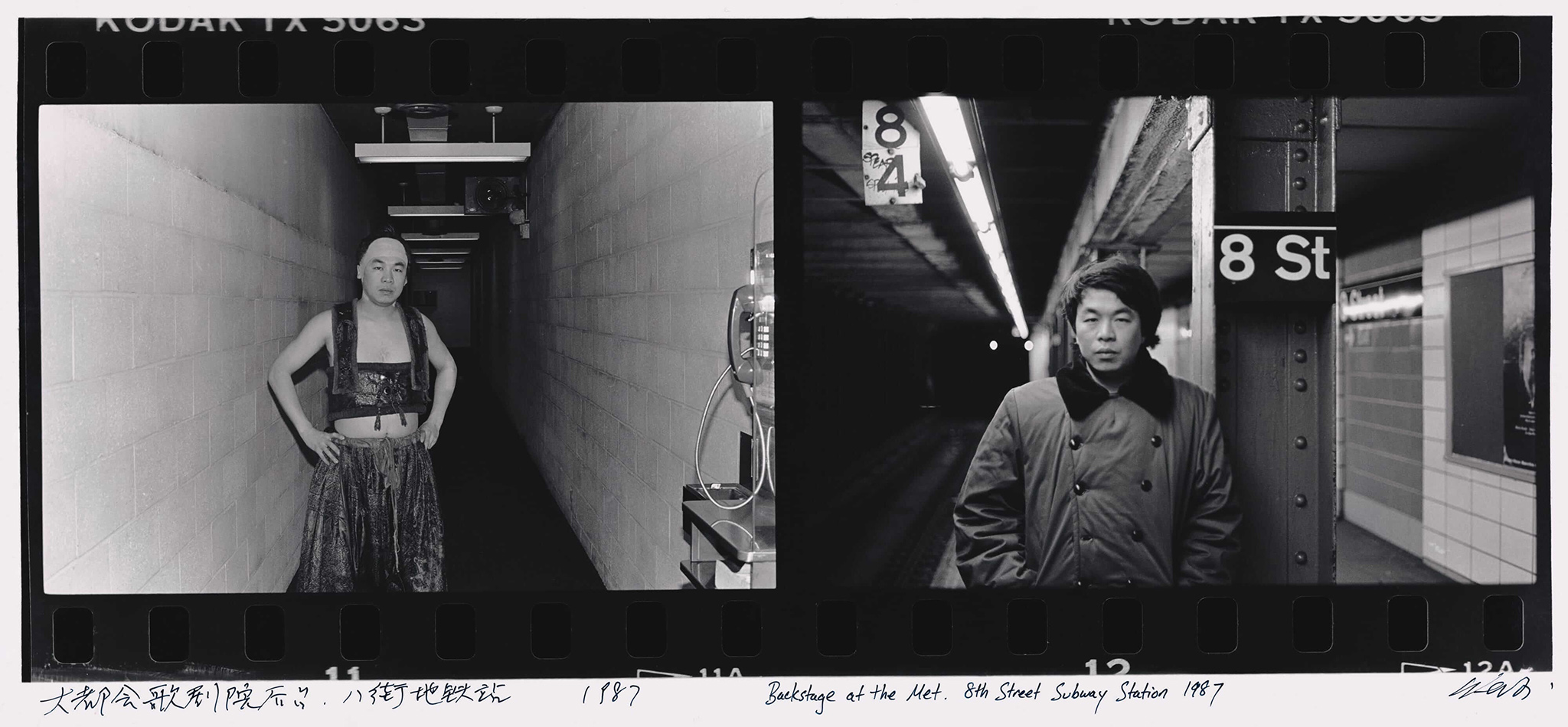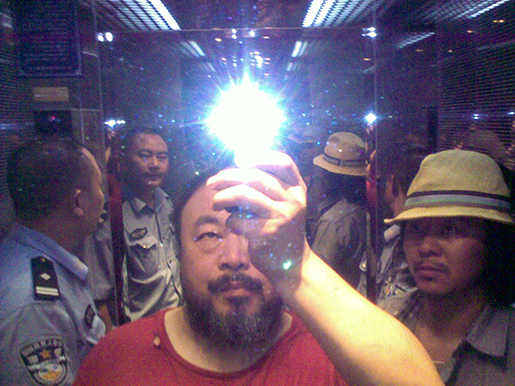
Turandot by Ai Weiwei. Photograph by Fabrizio Sansoni.

Turandot by Ai Weiwei. Photograph by Fabrizio Sansoni.
The main feature of this edition was ending the story with Liù’s death (the last scene composed by Puccini before his death), which is the same choice that was made in the very first performance, conducted by Toscanini in 1926.
"My Turandot is still related to the classic understanding of love, hatred, revenge, and about people trying to accomplish something which is impossible," says Weiwei.
Turandot calls for an exceptionally large orchestra, which includes extra forces offstage and a huge percussion ensemble, including xylophones (two of them), several Chinese gongs, bells, and more.
The key role was played by another Ukrainian, the soprano Oksana Dyka, whose vocal means are well suited to the icy Turandot. Her high-pitched voice thrilled the audience, emerging also in the main orchestral moments.

Backstage at the Met, 8th Street Subway Station, 1987.
Weiwei decided to take this opportunity because, at a very young age, he performed as an extra at the production of Turandot by Franco Zeffirelli and James Levine at the Metropolitan Opera in 1987. He and his brother, the poet and writer Ai Dan, performed as executioner‘s assistants in Act I.
"New York itself is like opera, but I never could have imagined, 35 years later, I would become a director of the same opera performance… I am very fortunate to have the opportunity to do it," commented Weiwei.
El escenario estuvo ocupado por una enorme escalera, con diferentes formas geométricas dispuestas al fondo, simulando rascacielos futuristas, o tal vez, por el contrario, pilares antiguos.
"I designed it, not only just the concept but every detail, every drawing… that very comprehensive design relates to so many issues. I would integrate my understanding of the world today – such as migration, the Hong Kong fights and also Coronavirus – into the stage design.”












































